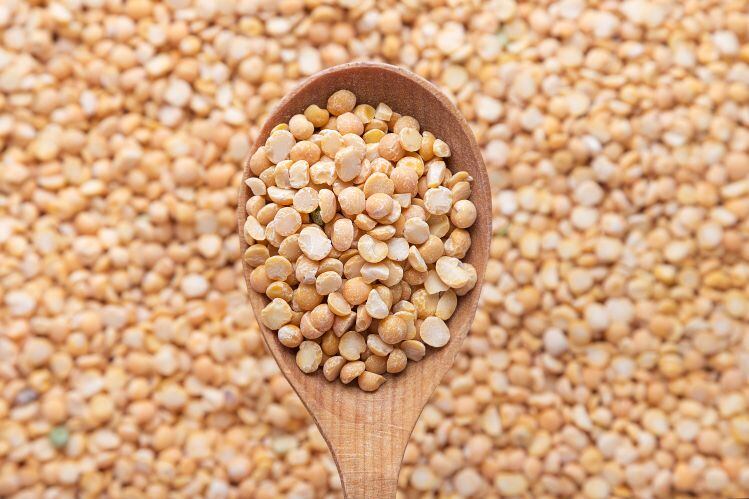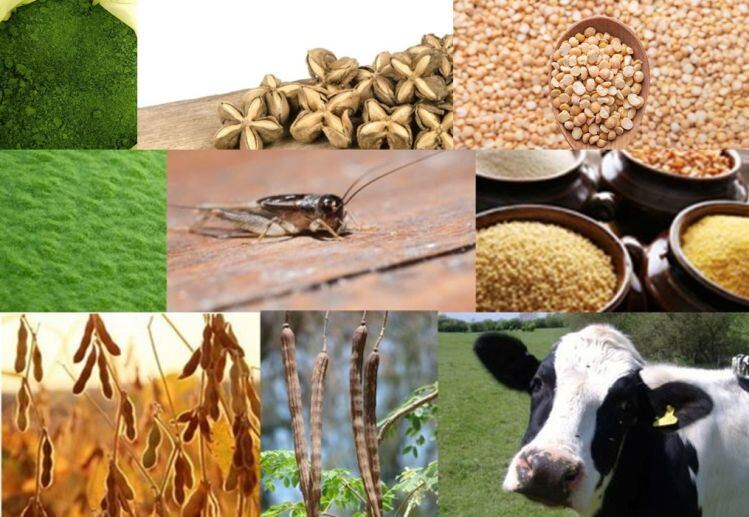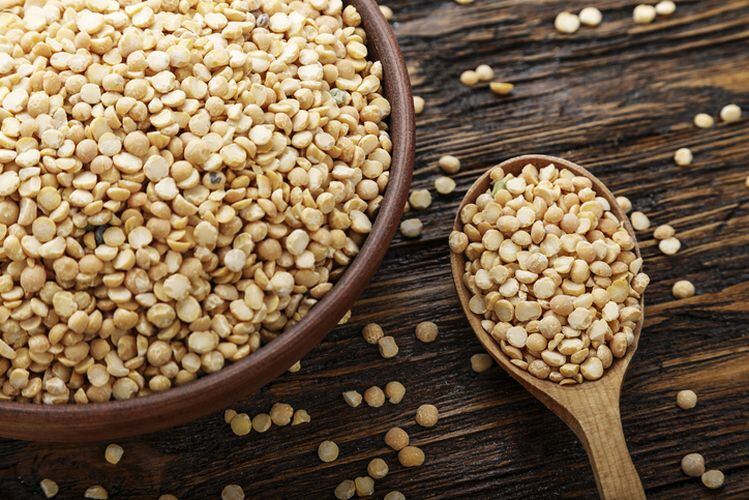FNU: Is PURIS increasing pea protein processing capacity following the recent investment from Cargill [which invested $25m in PURIS this year to help the company expand production capacity, according to an SEC filing]?
TL: We’re the largest pea protein plant in North America and we think globally, and we’ve quadrupled production at our Turtle Lake facility in Wisconsin and just commissioned our second spray dryer, one of the final touches on our big capex project over the past three years, so we have more supply. A lot of that is pre-contracted to our strategic customers, but there will be some availability [for other customers].
The longer term plan with Cargill is definitely to work to get multiple production sites in the US, although at this time we’re not commenting on specifics, but we’re working to build scale in pea protein and bring other novel proteins to the market.
There’s obviously been investment in pea protein but there's also been a lot of investment in co-products [starch, pea syrup, pea whole hull fiber, ready-to-eat pea fiber] so our pea starch is going into things like gummies [to replace gelatin and pectin], for example.
FNU: How would you characterize the pea protein market right now?
TL: It’s actually a pretty small market compared to soy or whey protein, there are the big names [Roquette is building a plant in Canada, ADM is building a plant in North Dakota, Cosucra has expanded production in Belgium, and several Chinese manufacturers have expanded capacity recently] but there is a whole bunch of separation from supplier to supplier and not a lot of consistency.
We saw this evolution in soy over 50 years, but we want to speed the adoption curve and make products with superior taste and quality that food scientists and product developers can easily formulate with the product in various applications, wherever they want to include protein. Poor taste and functionality should not hold the market back.
FNU: Do American consumers need more protein?
TL: What’s interesting is that consumers are dictating when and where and how they eat their protein, and we need to build proteins that are flexible enough to be customized and added to the applications that consumers are asking for, not just the way it’s always been done.
FNU: To what extent have flavor issues with pea protein been addressed by suppliers?
TL: From PURIS’ standpoint the only reason we’re around is that we’ve built a system from seed all the way to the finished product that’s focused on flavor, in some cases reducing flavor, to get to a blander product. In general, I’d say the market still has a long way to go however.
FNU: How is PURIS tackling off notes in pea protein?
TL: Some of it is breeding. With our genetics team, they look at what components in the pea deliver off notes, astringency, bitterness, pea flavor, and ask how do we understand those compounds and work to breed lines without those components? On the processing side, we have a proprietary process that looks at how do we neutralize or remove what’s there but retain the functionality formulators are looking for. If you don’t have the right protein, all the things like grittiness, solubility issues, poor mouthfeel, can be amplified.
FNU: What new applications are you excited about for pea protein?
TL: The dairy-free ‘milk’ set is really interesting as brands [eg. Ripple] are looking to make higher protein claims without taste compromise.
But what’s interesting is that many buyers of plant-based ‘milk’ still buy dairy yogurt. Why is that? It’s because the taste and quality and the nutrition haven’t been there, so we’ve built an application for a decadent cultured plant-based yogurt with 9g protein per serving with just five ingredients in the ingredients deck. This also leverages our pea starch to get rid of some of the gums.




